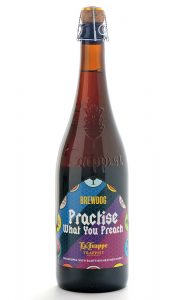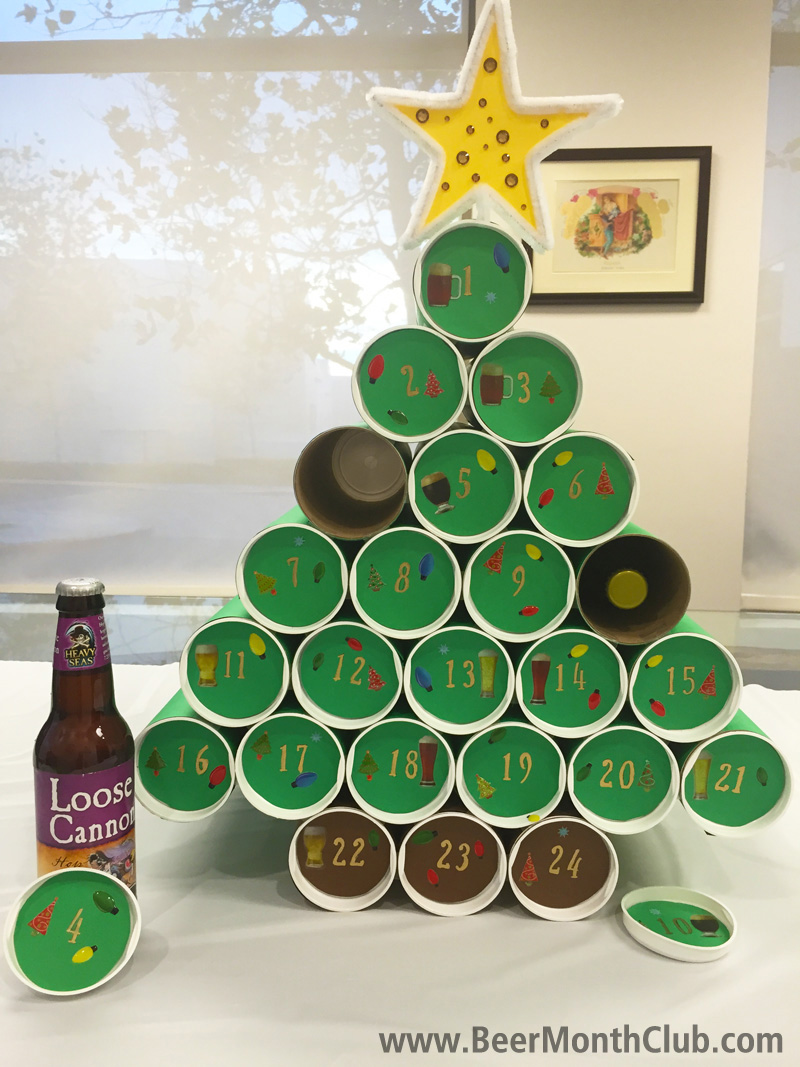 The loosely defined Belgian-born style category of quadrupels or Abts tends to indicate the breweries’ strongest core offerings: higher in ABV than a dubbel (but packed with similarly dark specialty-malt character), stronger too than blond tripels, and typically more restrained in core sweetness than the beers labeled Belgian dark strong ales. It’s all a bit fuzzy. Quads / Abts are complex beers, but surprisingly smooth and rather easily paired with food courtesy of their Belgian yeast strains, which dry out the result, keeping overt sweetness in check. The end results are usually packed with generous dark malt character, as well as yeast expressions of clove, pepper, and other spices. Examples including Rochefort 10, Westvleteren XII, and St. Bernardus 12 are all outstanding examples of high-ABV brewing—with good reason. In spite of quite potent ABV levels (usually 10%+ or well beyond) they’re very easy to dig into.
The loosely defined Belgian-born style category of quadrupels or Abts tends to indicate the breweries’ strongest core offerings: higher in ABV than a dubbel (but packed with similarly dark specialty-malt character), stronger too than blond tripels, and typically more restrained in core sweetness than the beers labeled Belgian dark strong ales. It’s all a bit fuzzy. Quads / Abts are complex beers, but surprisingly smooth and rather easily paired with food courtesy of their Belgian yeast strains, which dry out the result, keeping overt sweetness in check. The end results are usually packed with generous dark malt character, as well as yeast expressions of clove, pepper, and other spices. Examples including Rochefort 10, Westvleteren XII, and St. Bernardus 12 are all outstanding examples of high-ABV brewing—with good reason. In spite of quite potent ABV levels (usually 10%+ or well beyond) they’re very easy to dig into.
The Rare Beer Club’s featured a wide range of quad / Abt examples over the years, including some renditions that stray well off the beaten path of the malt + yeast focus this style would traditionally stick to. Most recently, we’ve tasted La Trappe’s Practise What You Preach (a quad brewed with Scottish heather honey and American hops), Brouwerij Maenhout’s Ferre (a paler, fruity quad that’s more orange-amber than the amber-brown or darker we’d expect), Two Brother’s QuadRadical! (a blended quad, incorporating rum-soaked fruits), and Strange Roots’ Ancient Vortex (a blend of quadrupel and sour Flanders red ale). If you haven’t tried the traditional examples, though, these are incredible beers to sip on: packed with dark fruits, vinous warmth, and often dense caramelization, even licorice notes. The very first three Abts / quads mentioned above can be tracked down with varying effort (Westvleteren’s stateside availability comes and goes), but you can also look out for Lost Abbey’s Judgment Day, La Trappe’s Quadrupel, Unibroue Terrible—or check around at your local breweries. American renditions can sometimes be less careful with the Belgian yeast’s role, but you’ll get the gist.



